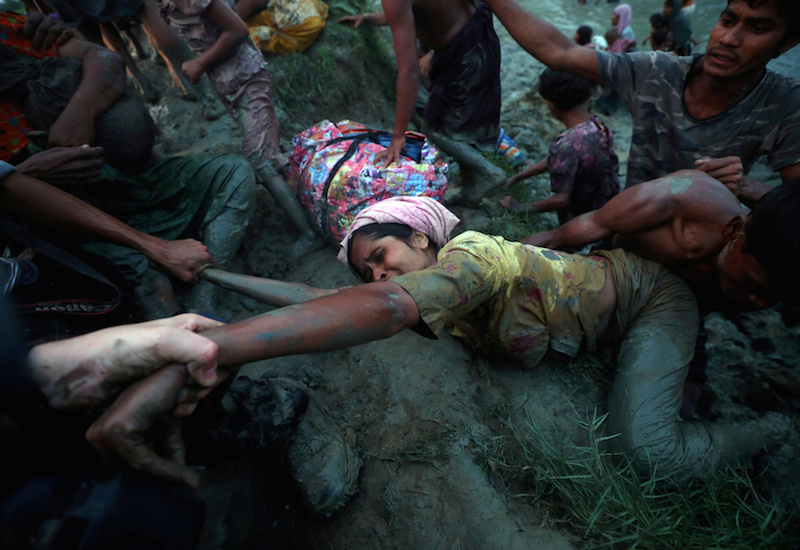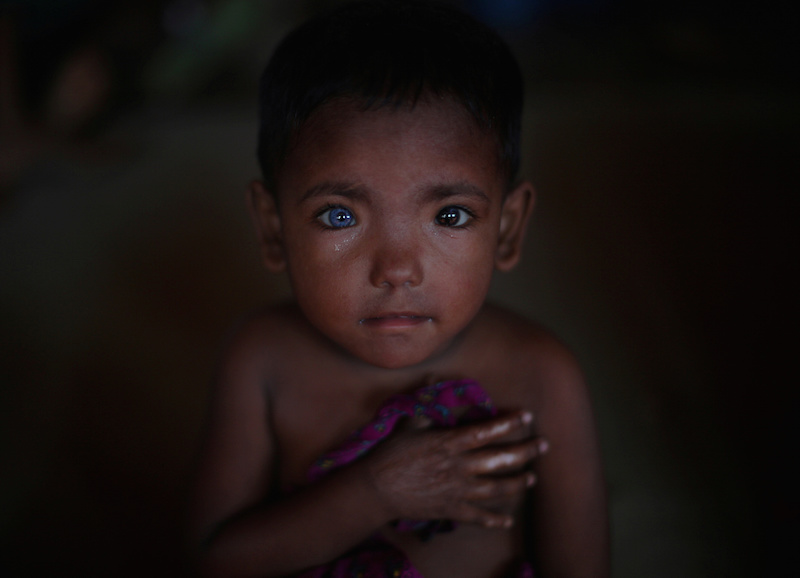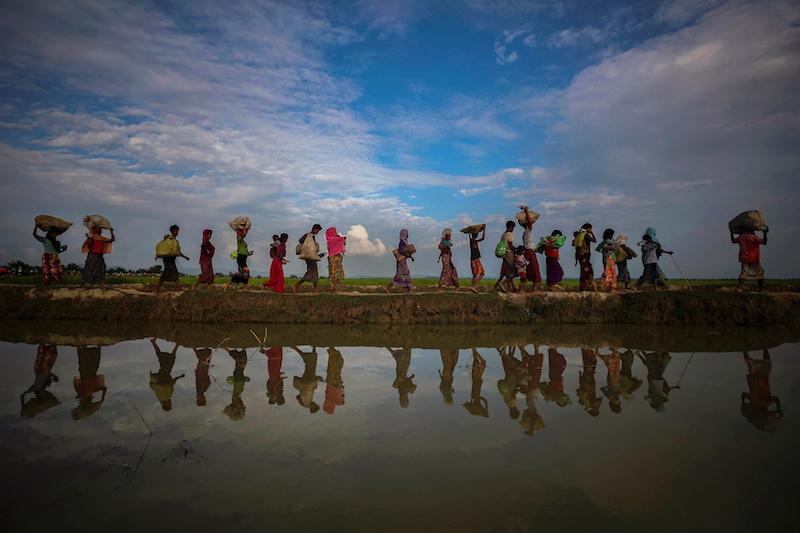When Hannah McKay started her career in photojournalism aged 24, she knew she was entering a heavily male-dominated industry: a recent report by The Drum indicates that fewer than one in seven front page pictures from the world's best publishers is taken by a woman.
However, the gender gap was not the only problem; she was by far one of the youngest news photographers around. Six years on and with a first recently-won Pulitzer price under her belt, she reflects on what it is like to be a young female photojournalist today.
“It is a very heavily men-dominated industry but I don't see that as an issue at all,” she told journalism.co.uk. “I am respected by my male colleagues and I respect them.”
However, while McKay welcomes initiatives aimed at increasing the number of women in photojournalism, she also wants to see more young photographers out on assignments.

“There are very few people under 30 and we should promote them because they see the world differently.
“Just like women see the world differently from men, someone who's 25 has a very different perspective from someone who's 45."
Last year, and only three months after she joined Reuters, McKay travelled to Bangladesh for her first foreign assignment to document the plight of Rohingya Muslims in refugee camps.
"I have a real interest in people so I have a natural instinct to photograph them. They help me to tell the story.
"Bangladesh was about people who lost their loved ones during their journey. A lot of time I focused on women and children because they seemed to be the most vulnerable in these situations.

“The guys are able to jump on a truck and hold on for 20-30 km but women with pushchairs and babies can't do that,” she said.
As a female journalist, McKay was able to approach and photograph women in circumstances where a male photo reporter would not be allowed, such as at clinics where female patients have been examined.
However, there were situations where she was not able to take pictures, such as at a funeral where a group of men went on to burry a body in a field and McKay, the only woman around, could not follow them on as she had to think of her own safety.

Even back in the UK, being a female photographer has an upside, as often people warm up to you easier when you are a young woman.
“Occasionally, however, people think I'm doing work experience. I sometimes turn up at a job and I'm not being taken seriously because people were expecting a middle-aged white man.”
And how was her award-winning work received by her male colleagues?
“One of the nicest comments that came out in response to my trip to Bangladesh last year was: ‘you're actually alright’,” she said light-heartedly.
Free daily newsletter
If you like our news and feature articles, you can sign up to receive our free daily (Mon-Fri) email newsletter (mobile friendly).
Related articles
- Newsrooms must step up their efforts to cover gender equality stories
- Annette Young, TV news presenter, France 24, on running a news show about gender inequality
- Seven sources of free images for journalists
- Wempower, a community for early-career women journalists
- Reuters publishes book to honour life of late photojournalist Danish Siddiqui










